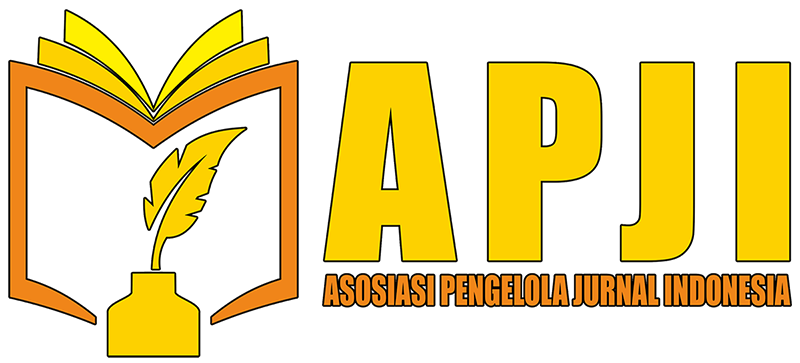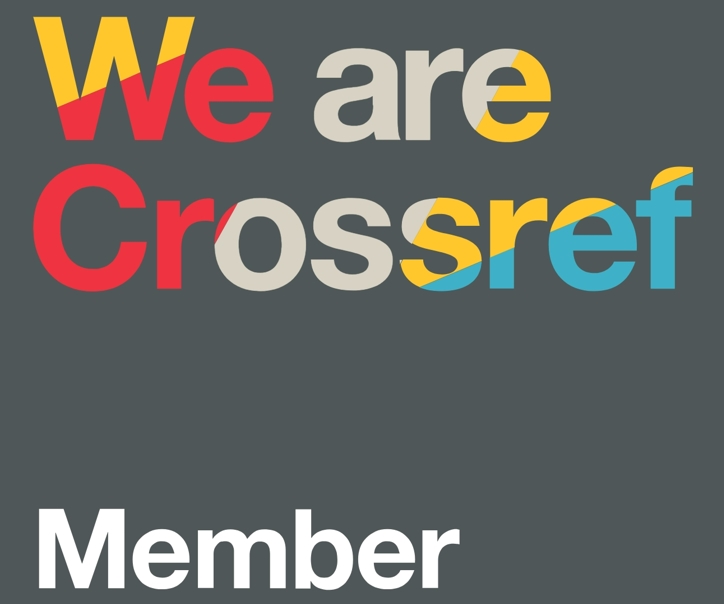Evaluating the Effectiveness of Fiber Reinforced Polymer (FRP) in Structural Strengthening: A Meta-analysis
DOI:
https://doi.org/10.61991/ijeet.v2i2.87Keywords:
Meta-analisis, Fiber Reinforced Polymer(FRP), Effect SizeAbstract
This study aims to evaluate the effectiveness of Fiber Reinforced Polymer in strengthening structures. This research is a type of meta-analysis research. The data source comes from 9 studies sourced from google scholar, DOAJ, ProQuest and Fronteins published in 2023-2024. Data selection techniques through the PRISMA method in 2020. The data analysis in this study is to calculate the effect size value with the help of the STATA application. The results of this study concluded that the application of Fiber Reinforced Polymer had a positive effect on the strengthening of the structure with an effect size value = 0.813 with a high effect size category. This finding explains that the application of fiber reinforced polymer is effective in strengthening concrete structures in civil engineering.
Downloads
References
Edy Nurtamam, M., Santosa, T., Ilwandri, Aprilisia, S., Rahman, A., & Suharyat, Y. (2023). Meta-analysis: The Effectiveness of Iot-Based Flipped Learning to Improve Students’ Problem Solving Abilities. Edumaspul - Jurnal Pendidikan, 7, 1491–1501. https://doi.org/10.33487/edumaspul.v7i1.6195
Hay, R., & Ostertag, C. P. (2018). Life cycle assessment (LCA) of double-skin façade (DSF) system with fiber-reinforced concrete for sustainable and energy-efficient buildings in the tropics. Building and Environment, 142, 327–341. https://doi.org/10.1016/j.buildenv.2018.06.024
Mahesh, V., Gobinath, R., Kırgız, M. S., Shekar, R. P. V., & Shewale, M. (2022). Global Trends of Research Productivity in Natural Fibre Reinforced Composites: Comprehensive Scientometric Analysis. Journal of Natural Fibers, 19(16), 13088–13105. https://doi.org/10.1080/15440478.2022.2085227
Nwankwo, C. O., Mahachi, J., Olukanni, D. O., & Musonda, I. (2024). Africa’s natural fibres used in polymer composites: A systematic review. Polymer Composites, 45(11), 9677–9702. https://doi.org/10.1002/pc.28482
Oktarina, K., Suhaimi, S., Santosa, T. A., Razak, A., Irdawati, I., Ahda, Y., Lufri, L., & Putri, D. H. (2021). Meta-Analysis: The Effectiveness of Using Blended Learning on Multiple Intelligences and Student Character Education During the Covid-19 Period. IJECA (International Journal of Education and Curriculum Application), 4(3), 184–192. https://doi.org/10.31764/ijeca.v4i3.5505
Pao, W. Y., Haldar, S., & Singh, C. V. (2020). Performance Analysis of Composite Helicopter Blade Using Synergistic Damage Mechanics Approach. AIAA Journal, 58(2), 968–976. https://doi.org/10.2514/1.J058503
Putra, M., Rahman, A., Ilwandri, I., Suhayat, Y., Santosa, T. A., Putra, R., & Aprilisia, S. (2023). The Effect of STEM-Based REACT Model on Students’ Critical Thinking Skills: A Meta-Analysis Study. LITERACY : International Scientific Journals of Social, Education, Humanities, 2(1), Article 1. https://doi.org/10.56910/literacy.v2i1.560
Rathnarajan, S., & Sikora, P. (2023). Seawater-mixed concretes containing natural and sea sand aggregates – A review. Results in Engineering, 20, 101457. https://doi.org/10.1016/j.rineng.2023.101457
Salonen, J. (n.d.). Sustainability study of fibre-reinforced plastics in an industrial environment.
Sathishkumar, T., Naveen, J., & Satheeshkumar, S. (2014). Hybrid fiber reinforced polymer composites – a review. Journal of Reinforced Plastics and Composites, 33(5), 454–471. https://doi.org/10.1177/0731684413516393
Utomo, W., Suryono, W., Jimmi, J., Santosa, T. A., & Agustina, I. (2023). Effect of STEAM-Based Hybrid Based Learning Model on Students’ Critical Thinking Skills. Jurnal Penelitian Pendidikan IPA, 9(9), 742–750. https://doi.org/10.29303/jppipa.v9i9.5147
Wang, C., Singh, A., Rognerud, E. G., Murray, R., Musgrave, G. M., Skala, M., Murdy, P., DesVeaux, J. S., Nicholson, S. R., Harris, K., Canty, R., Mohr, F., Shapiro, A. J., Barnes, D., Beach, R., Allen, R. D., Beckham, G. T., & Rorrer, N. A. (2024). Synthesis, characterization, and recycling of bio-derivable polyester covalently adaptable networks for industrial composite applications. Matter, 7(2), 550–568. https://doi.org/10.1016/j.matt.2023.10.033
Yahaya, R., Sapuan, S. M., Jawaid, M., Leman, Z., & Zainudin, E. S. (2016). Water Absorption Behaviour and Impact Strength of Kenaf-Kevlar Reinforced Epoxy Hybrid Composites. Advanced Composites Letters, 25(4), 096369351602500403. https://doi.org/10.1177/096369351602500403
Zhang, J., & Yang, S. (2015). Self-piercing riveting of aluminum alloy and thermoplastic composites. Journal of Composite Materials, 49(12), 1493–1502. https://doi.org/10.1177/0021998314535456
Zulyusri, Z., Elfira, I., Lufri, L., & Santosa, T. A. (2023). Literature Study: Utilization of the PjBL Model in Science Education to Improve Creativity and Critical Thinking Skills. Jurnal Penelitian Pendidikan IPA, 9(1), 133–143. https://doi.org/10.29303/jppipa.v9i1.2555
Downloads
Published
How to Cite
Issue
Section
License
Copyright (c) 2024 Agus Triyono, Tri Satriawansyah, Aris Krisdiyanto

This work is licensed under a Creative Commons Attribution-ShareAlike 4.0 International License.













